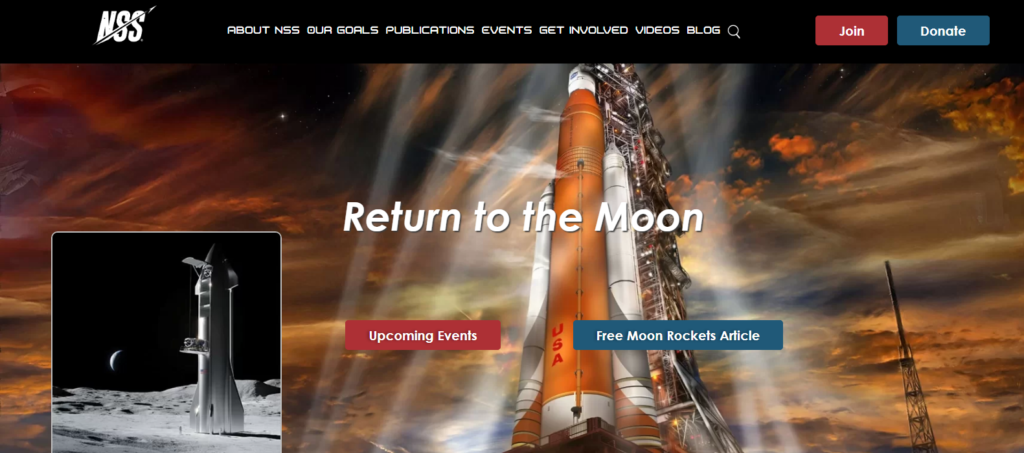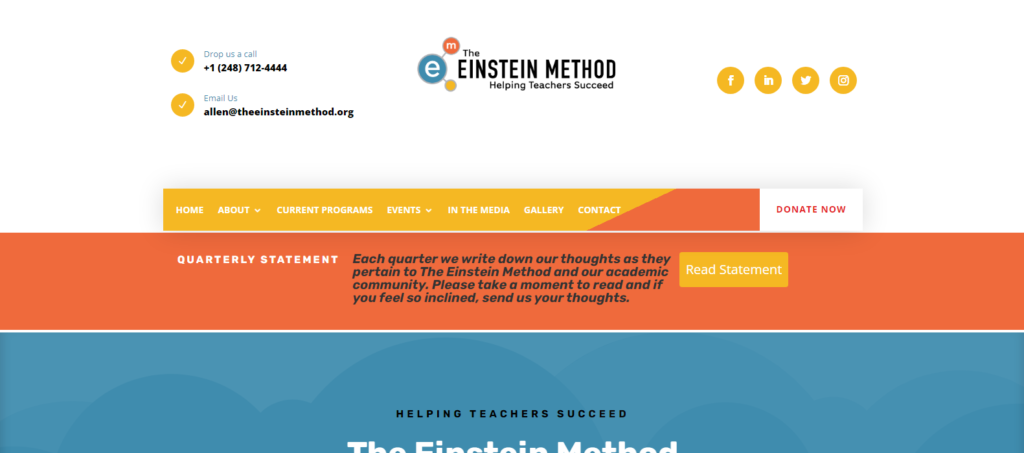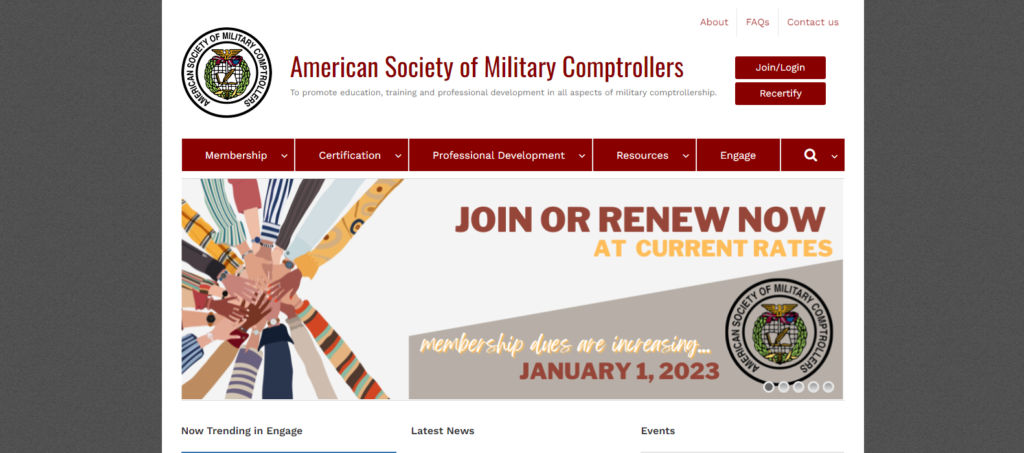Website Terminology Glossary
User Acceptance Testing (UAT)
User Acceptance Testing (UAT) is a type of software testing that is conducted to ensure that a software product meets the requirements and needs of its end-users. It involves testing the product from a user’s perspective to identify any issues or errors that may impact the usability and functionality of the product. UAT is typically the final stage of testing before the product is released to the market.
Some benefits of User Acceptance Testing include:
Improved Product Quality
UAT ensures that the software product meets the requirements of its end-users, resulting in a higher-quality product that is more likely to meet user needs and expectations.
Reduced Costs
UAT can help identify and address any issues early in the development cycle, reducing the cost of fixing defects or issues after the product has been released.
Increased User Satisfaction
UAT ensures that the software product is user-friendly and meets the needs of its end-users. This can lead to increased user satisfaction and a higher likelihood of user adoption.
Better Risk Management
UAT can help identify any potential risks or issues that may impact the product’s performance or functionality. This can help developers and project managers make informed decisions to mitigate risks and ensure that the product is released on schedule.
Improved Communication
UAT requires close collaboration between developers and end-users, promoting effective communication and collaboration. This can lead to a better understanding of user needs and requirements and can help improve the overall quality of the product.
User Acceptance Testing is an important part of the software development process that can help ensure that the software product meets the needs and expectations of its end-users. It can help improve product quality, reduce costs, increase user satisfaction, and improve risk management and communication between developers and end-users.
Need Help With UAT ?



































